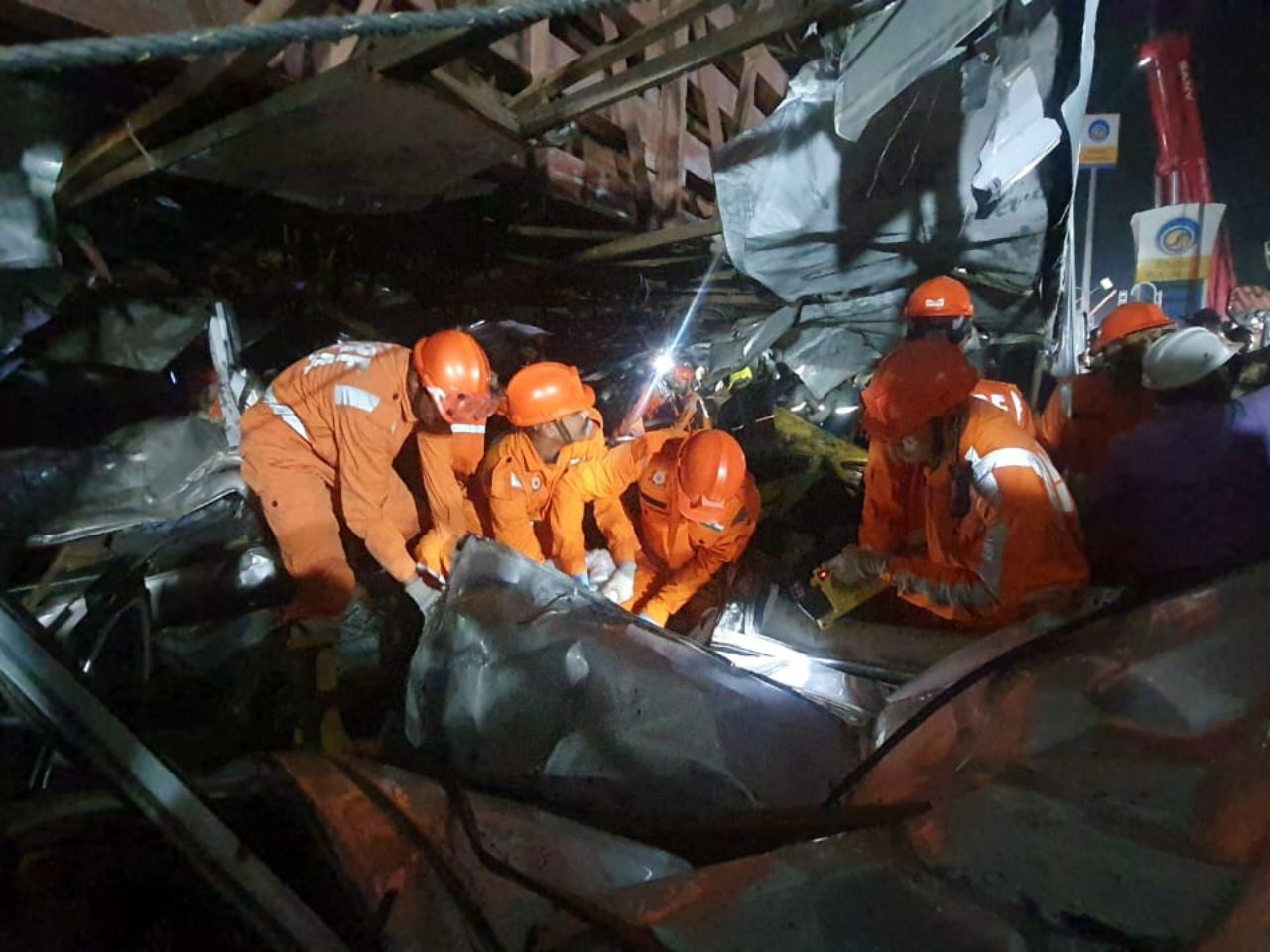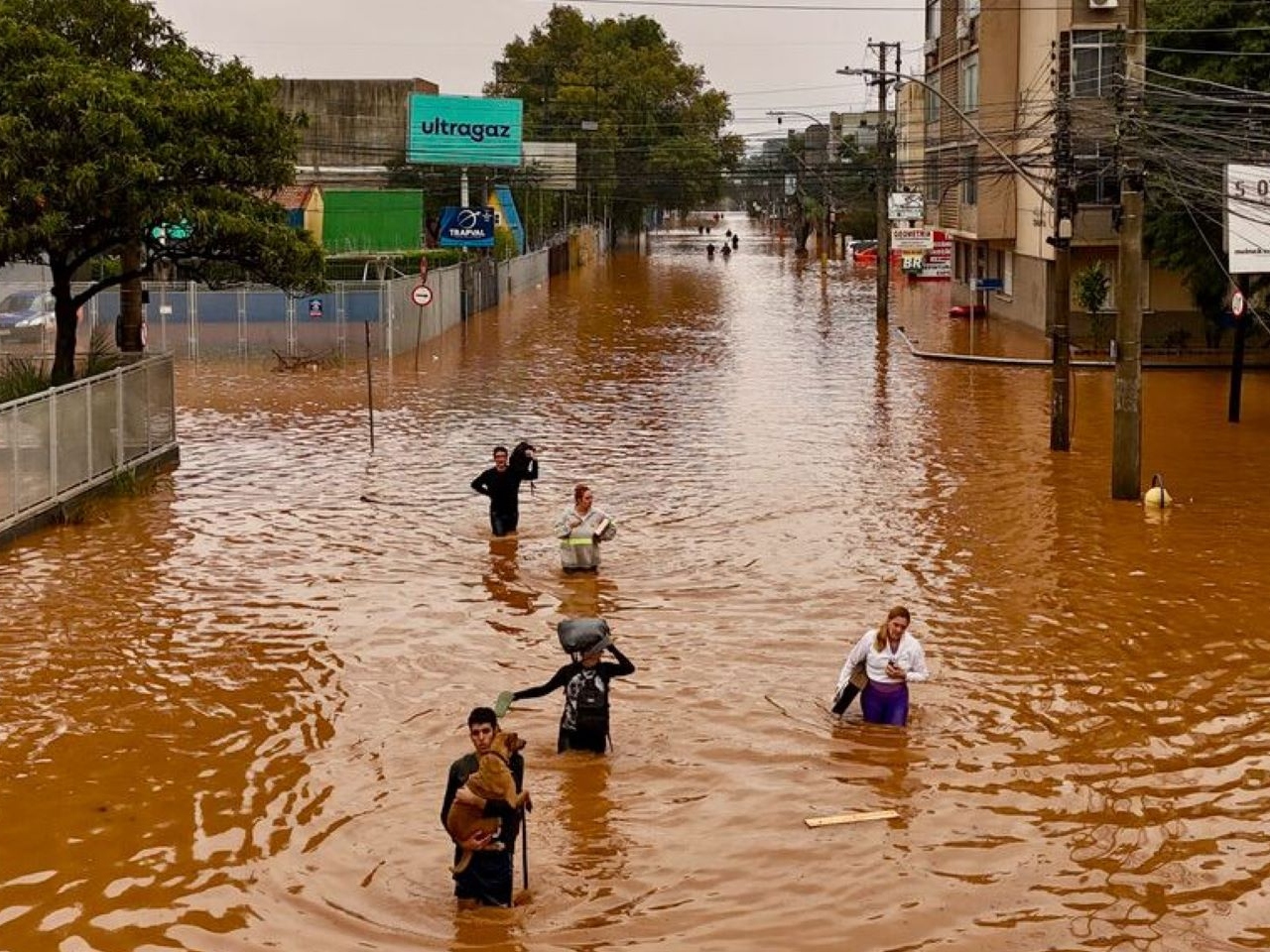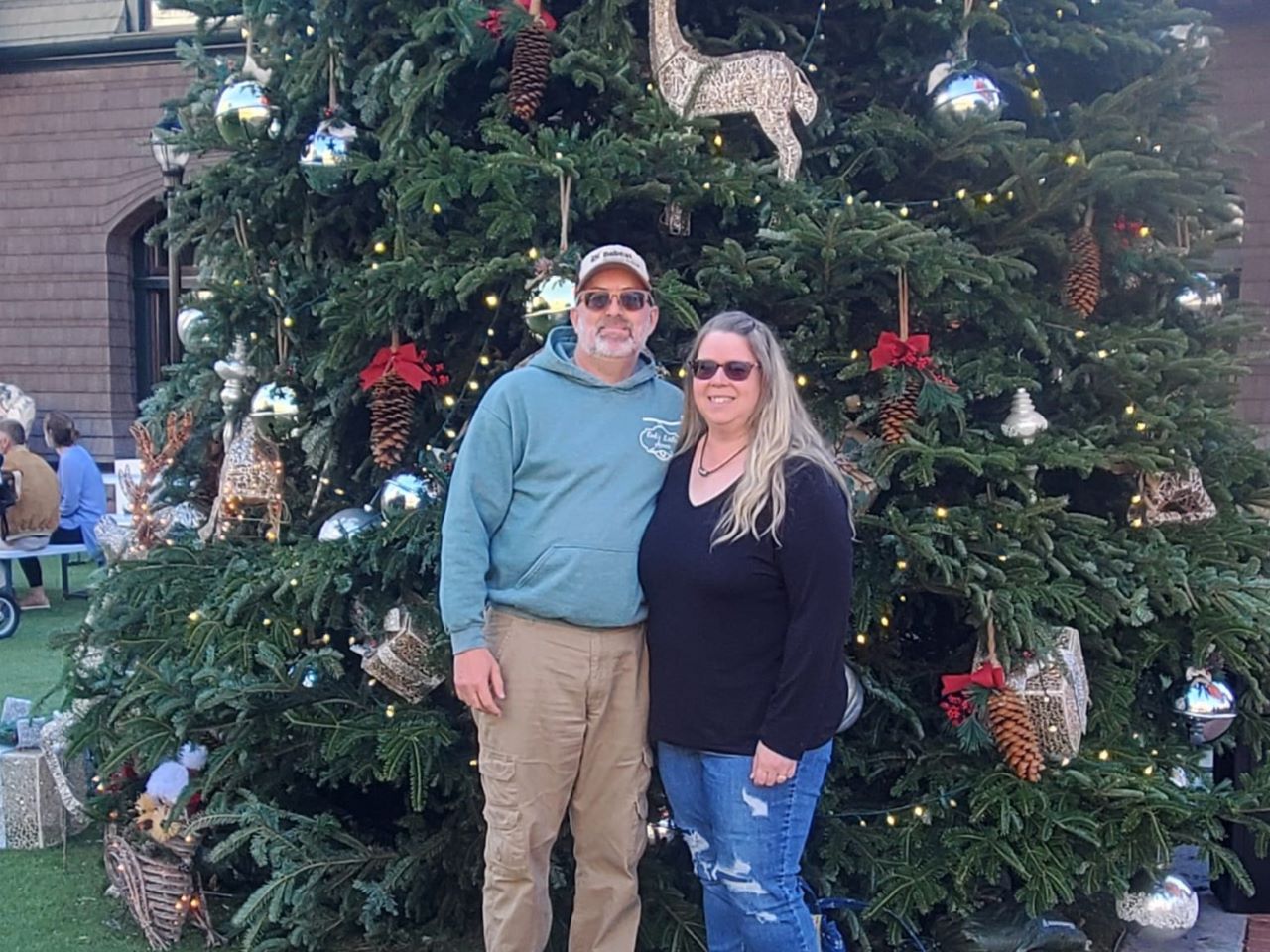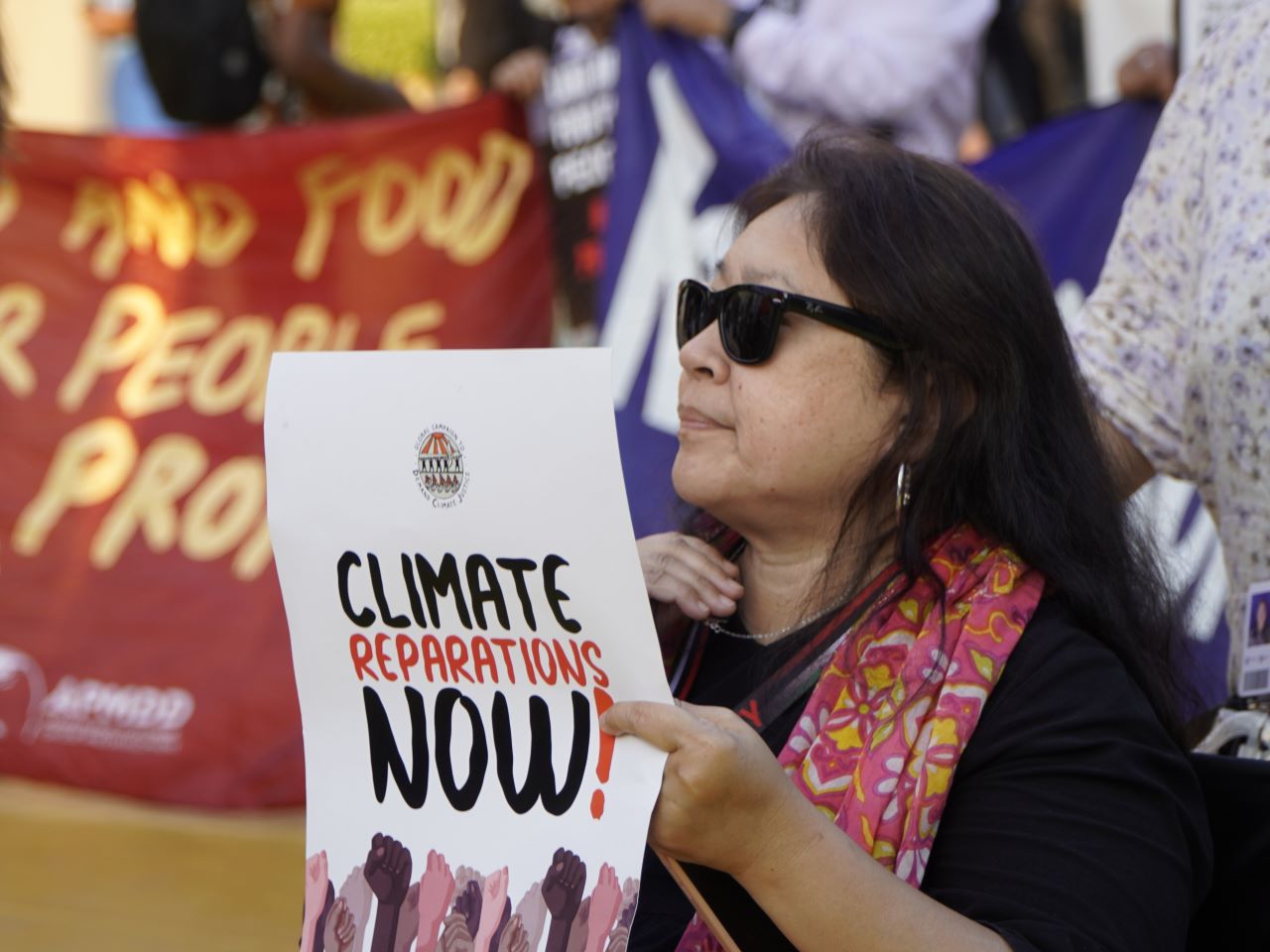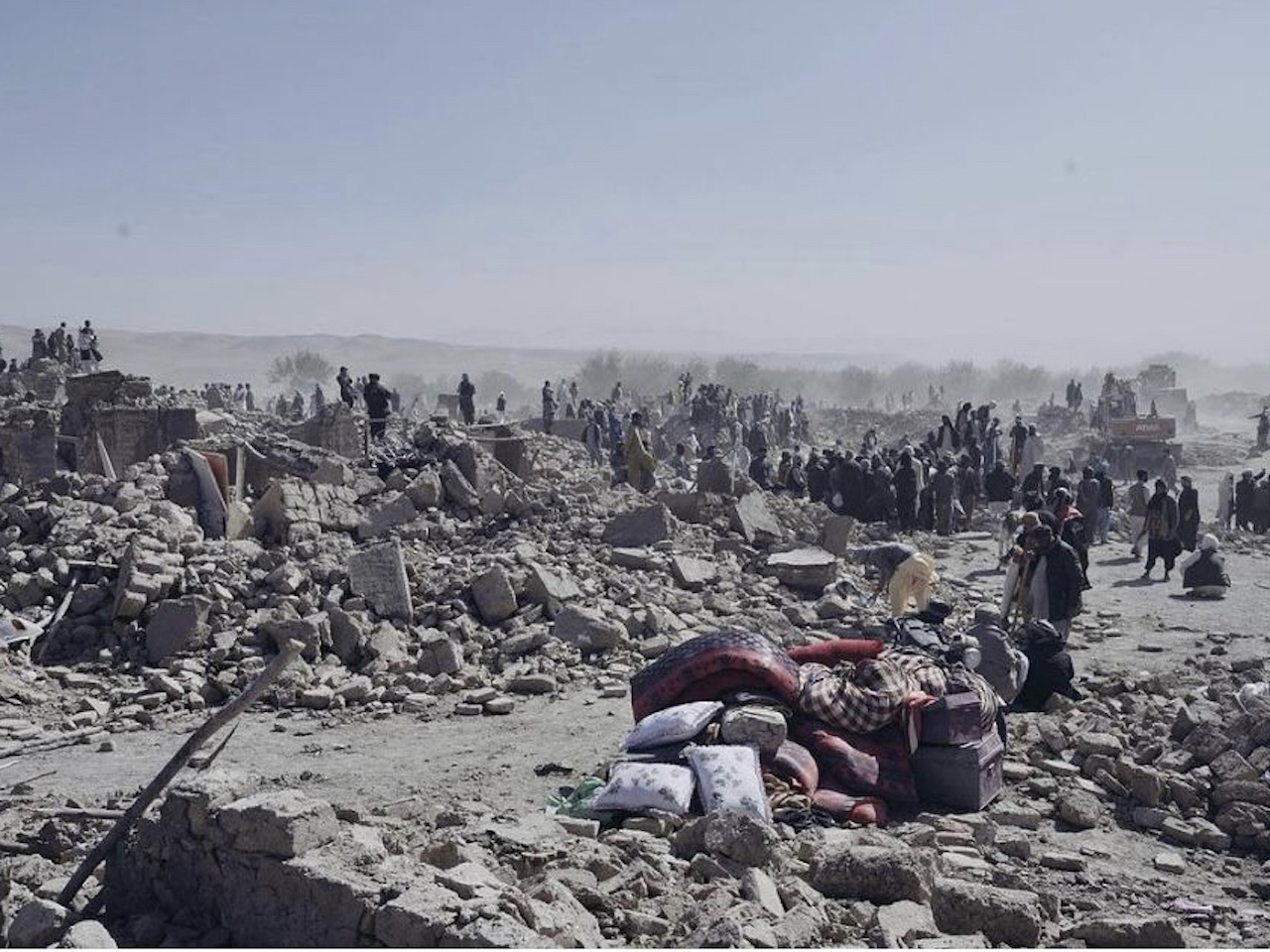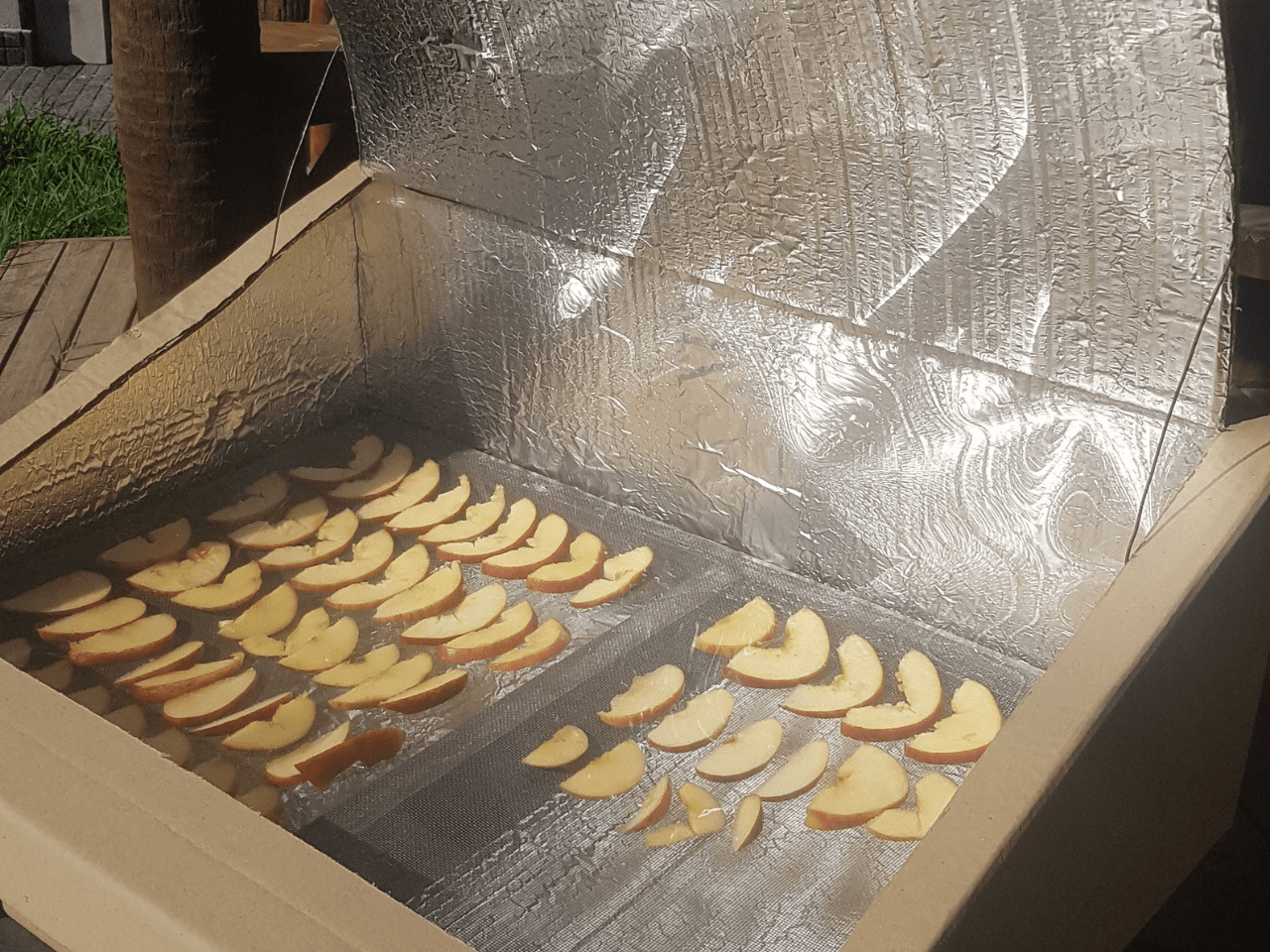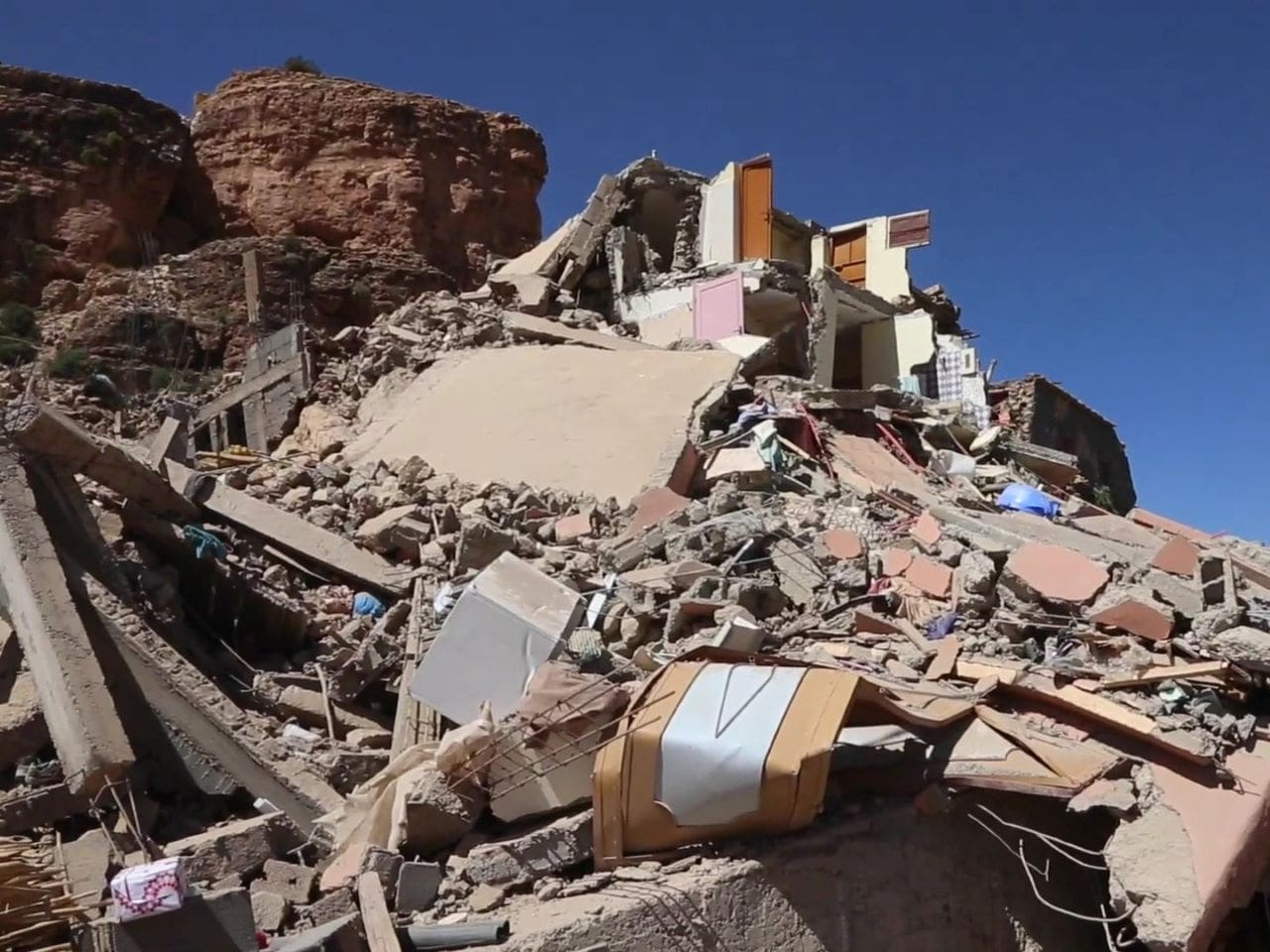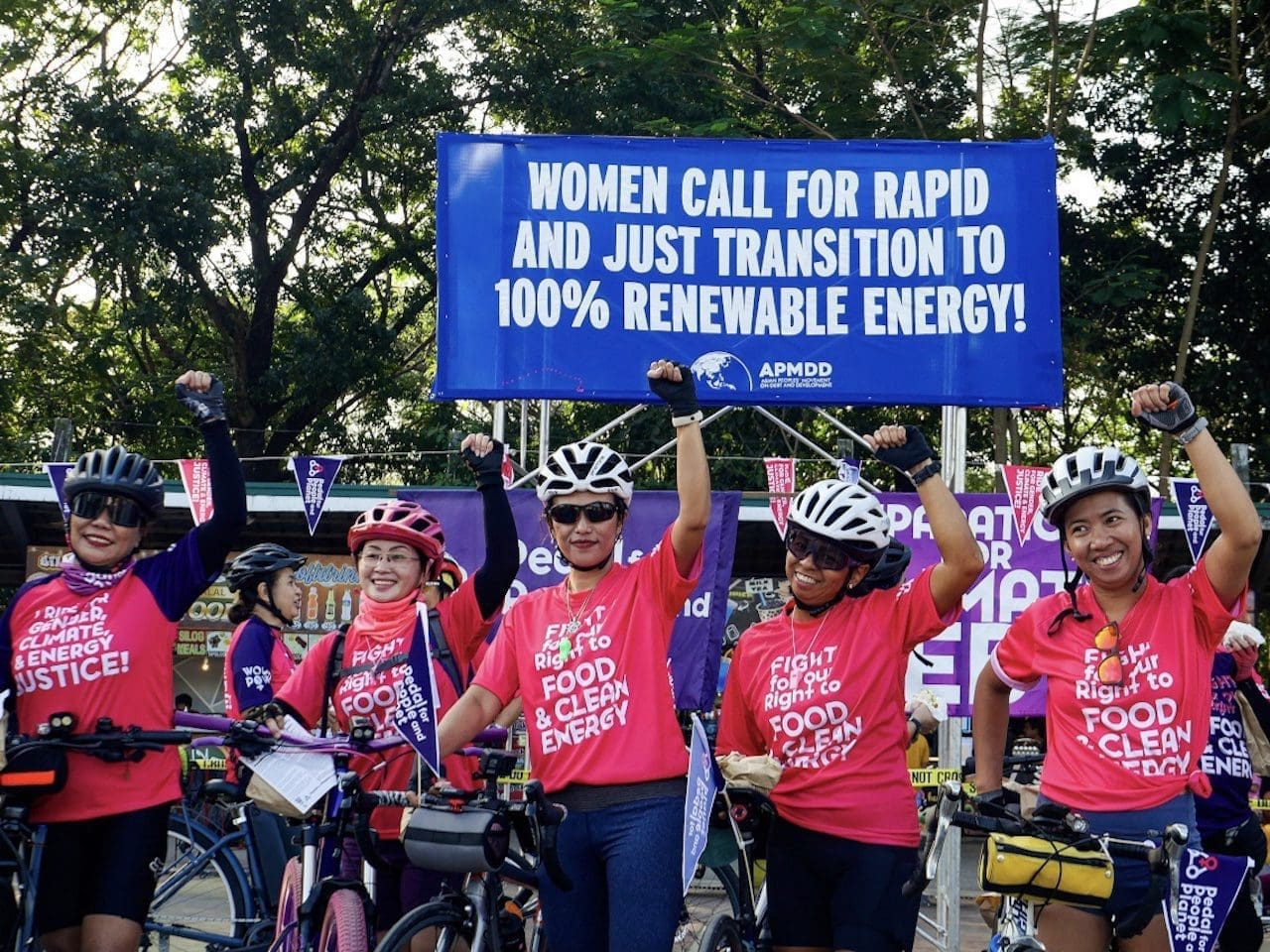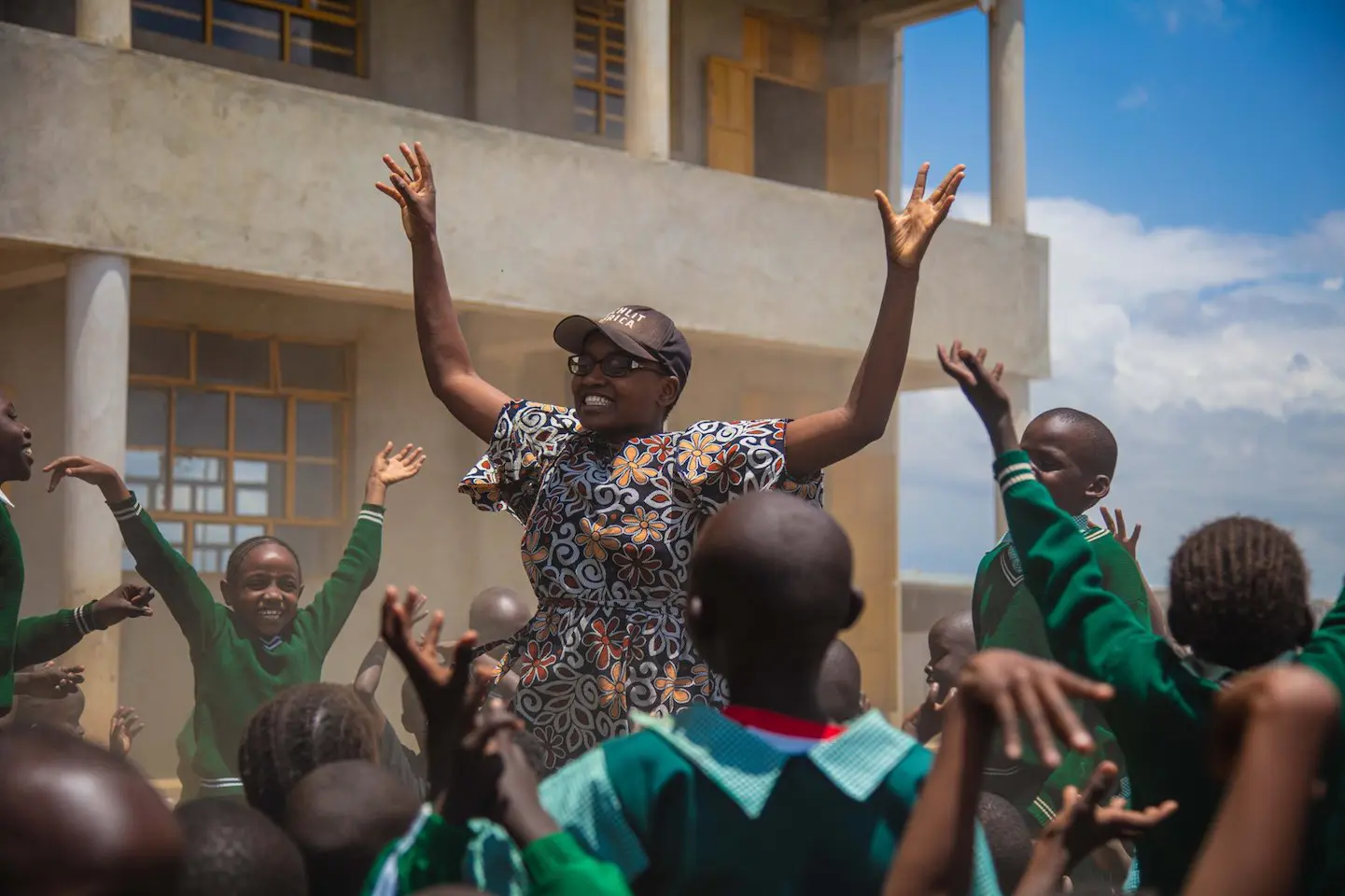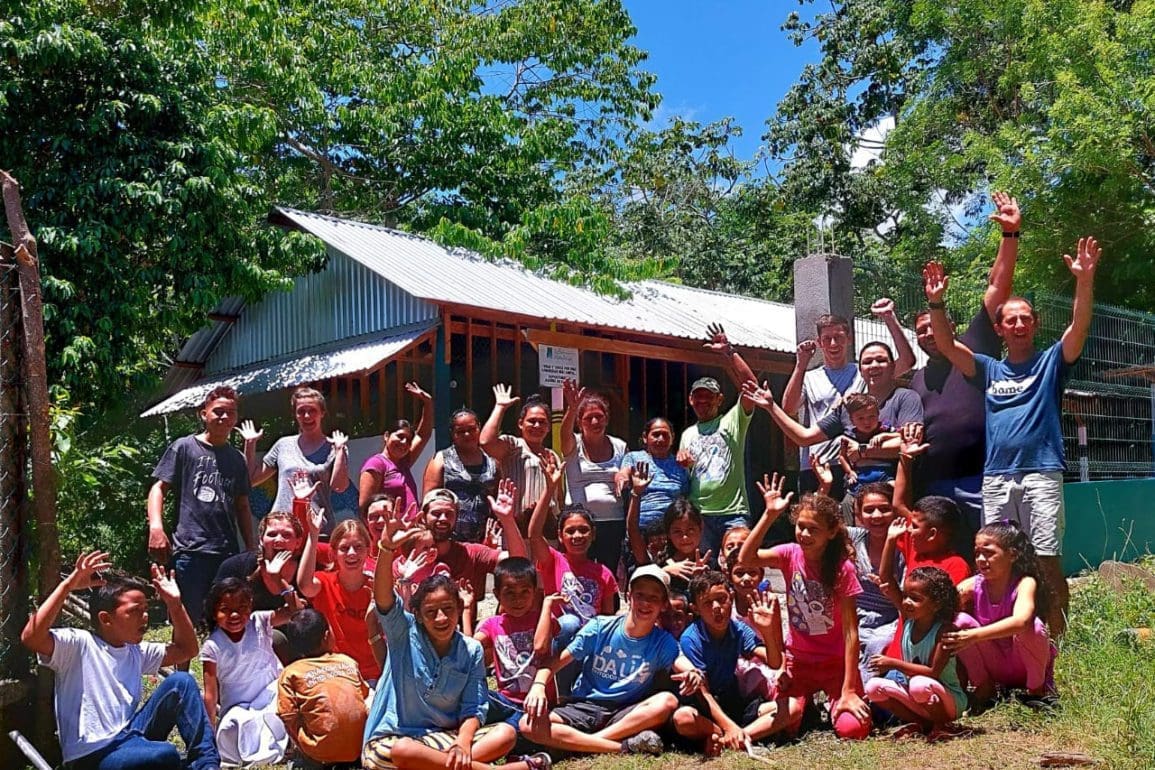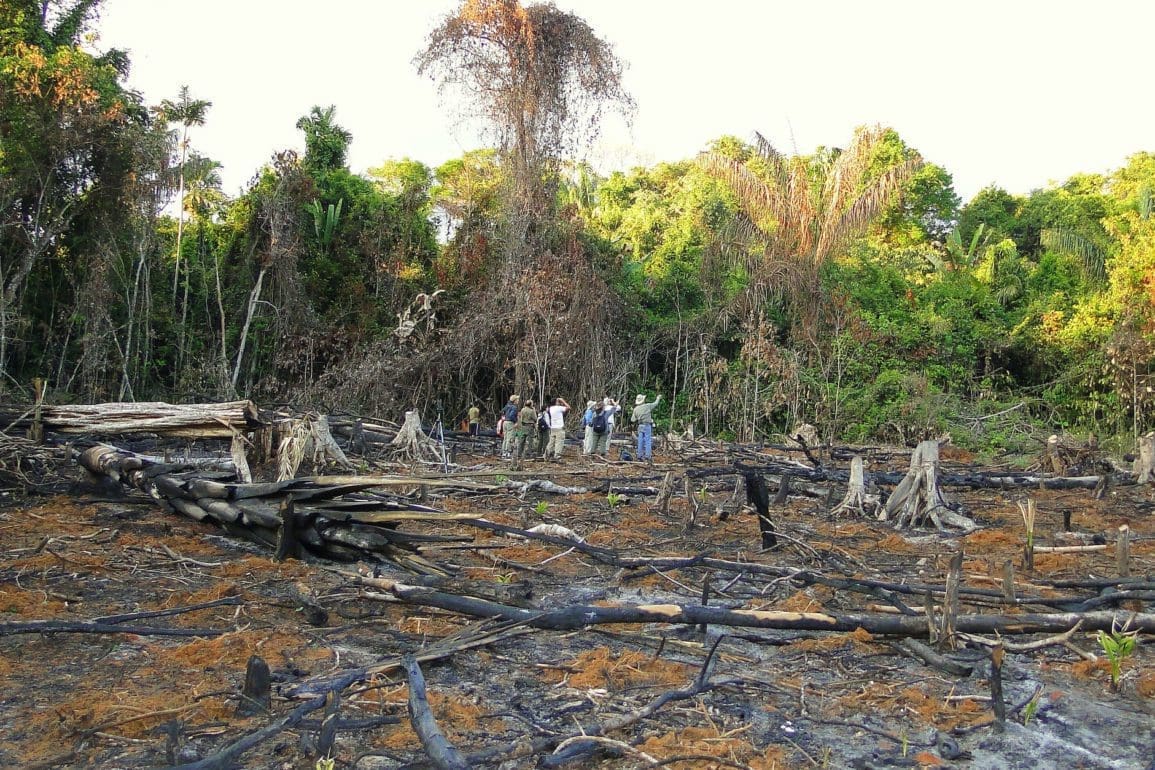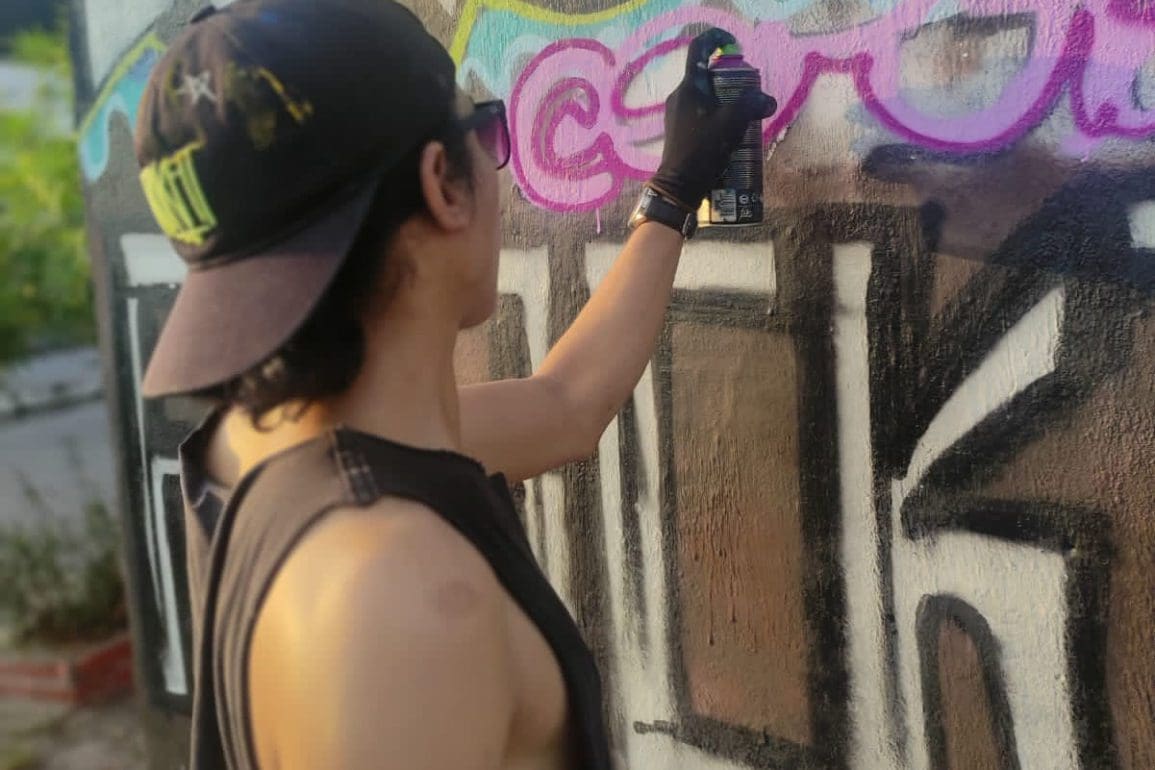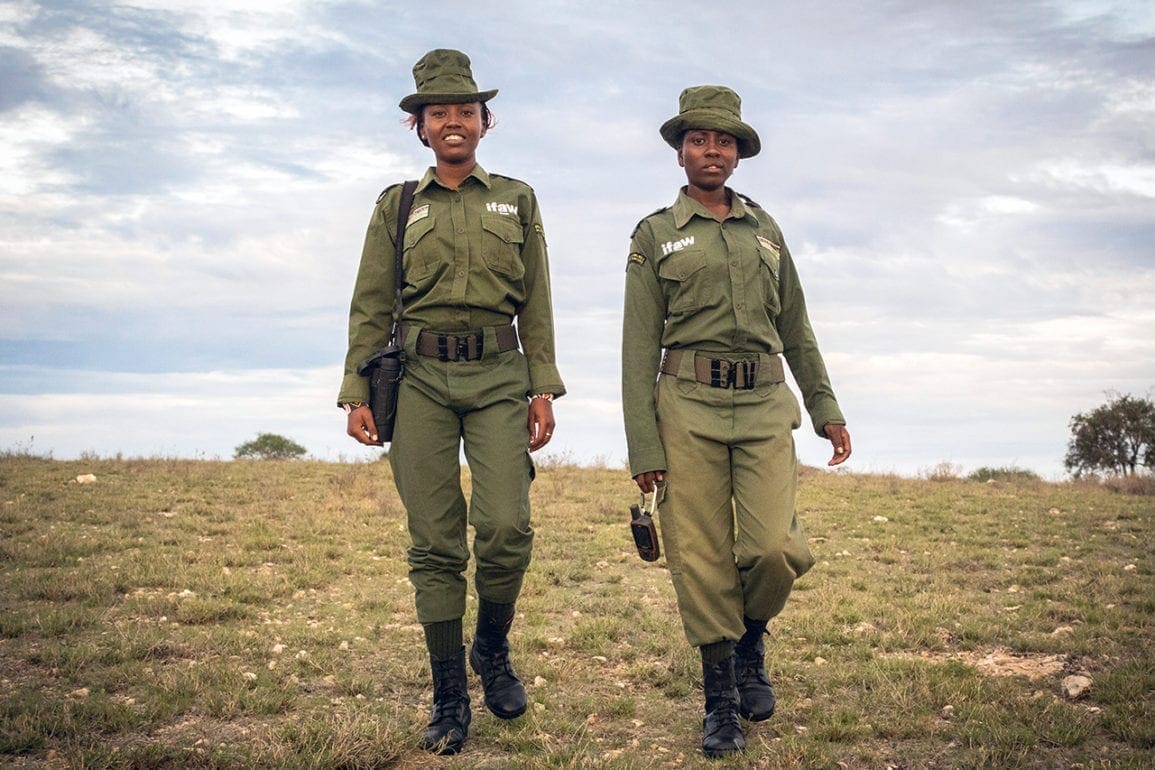Guatemalan village transforms Dry Corridor from barren wasteland to vibrant green landscape, alleviating hunger
The land was hard and dry, almost impossible to till, with seeds scattering as if unable to take root in this sea of misery… Now, I wake at dawn with the first rays of sunlight and watch the day break amidst a sea of greenery.
- 3 months ago
April 21, 2024


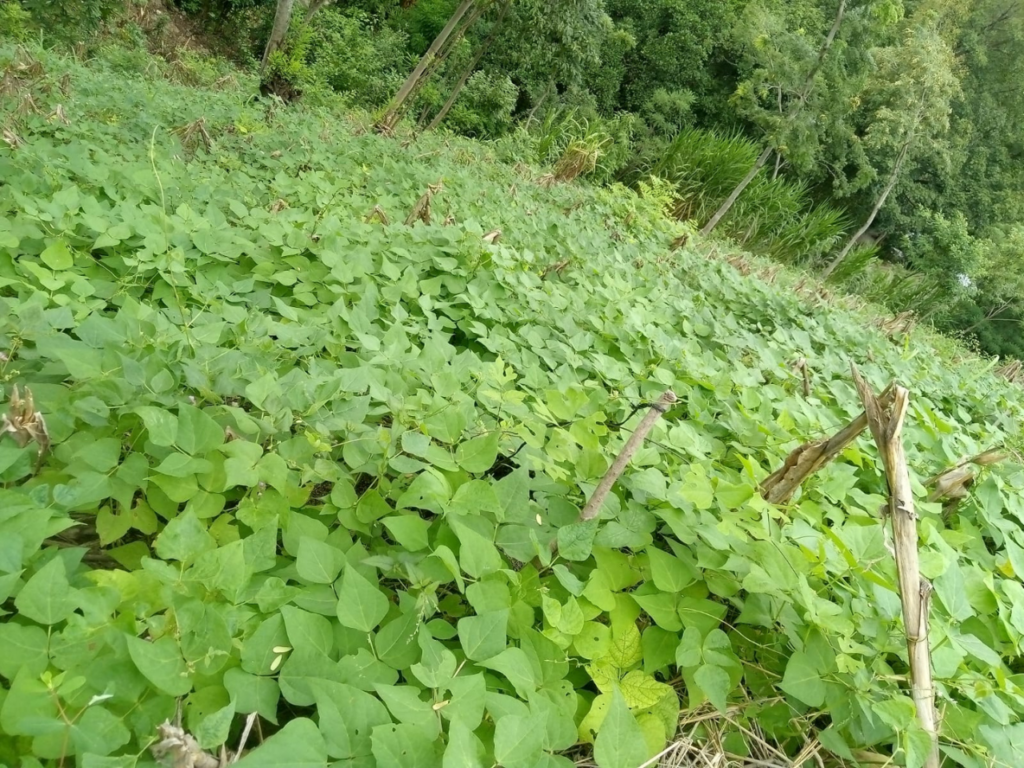



CHIQUIMULA, Guatemala — For generations, my village wrestled with a stark choice: to resist the challenges we faced or to migrate. Our homeland stretched out in front of me: a harsh expanse of barren, desert-like terrain, deeply scarred with cracks. When we planted crops, the minimal rains merely washed the fertilizer into ravines, rendering it useless.
We grew accustomed to the intense sun scorching the few plants that sprouted, creating a desolate landscape. Our chickens perished in the heat, and cows that lacked grass collapsed and stopped producing milk. The haunting sound of the wind became our only companion in this silent struggle, as each day made the work increasingly unbearable.
Yet, about a decade ago, we began to turn the tide. By innovating new farming techniques, we slowly coaxed our once-lifeless soil back to fertility. Today, vibrant greenery thrives where despair once reigned, offering us a fighting chance against the hunger and misery that have long plagued our town.
Read more environmental stories at Orato World Media.
Dry Corridor: a strip of land plagued with poverty and hunger
In Central America, few areas are as vulnerable as the Dry Corridor, continually battered by cyclical droughts and floods linked to El Niño. This region bears the brunt of extreme weather events driven by climate change.
Growing up in the Dry Corridor, in a small village called Tesoro Abajo in Guatemala’s Chiquimula department, proved extremely challenging. As a child, I saw every family member laboring in the fields. We often felt the pangs of hunger, and during the worst times, migration became our only option. Corn and beans failed to thrive, and no other crops succeeded. To survive, we traveled far from home to work, earning meager wages, but we had no other choice.
The land was hard and dry, almost impossible to till, with seeds scattering as if unable to take root in this sea of misery. My father taught me how to plant; he was my greatest teacher. I remember his skin, tanned by the sun and time. His hands became rough from endless toil, and his feet were shaped by walking the paths so often. Yet, my father’s eyes revealed a tender soul full of wise teachings.
I started cutting coffee and sugarcane at 12 years old, traveling over 150 kilometers and working from dawn to dusk. My days began at sunrise and ended at 6:00 p.m. Often, my body felt broken and fragile. Thinking about the future brought me to tears, as it seemed like nothing would change and my path would always be the same.
For years, we endured the same harsh conditions: extreme droughts that left animals collapsed on the ground—chickens perished, and cows found no grass to graze. The only sounds were the wind brushing our faces and our stomachs growling from emptiness.
New lease on life: farming project revitalized a struggling community
Each year, the earth died slowly, and the absence of water erased trees from the horizon. Death and hunger seemed to have conquered the area, and we began to lose hope for a solution. Life was extraordinarily challenging. However, in 2014, we were introduced to new methods for saving and protecting our degraded soil as a way to produce food on our land. Initially, it seemed impractical, but I decided to embrace these methods and learn.
Together with my wife and children, we made a concerted effort on our land lot. Instead of burning crop waste, we composted it. We planted trees around our lot and pruned them to promote leaf litter, creating a natural mulch that protected the soil and retained moisture. We adopted new agricultural techniques, making homemade organic fertilizers and harvesting rainwater.
I felt the effort through endless days of work and became convinced that agriculture was our best option for survival. We revived ancestral practices and began to share the knowledge gained from our own experiences with our neighbors. This fostered strong bonds among us and helped build a vibrant community.
We knew that it was not an easy road and that results would not come overnight. It was a long and arduous process, but the hardest part was deciding to start. In the first year, we had to invest a lot of time and remain readily available for tasks on the land. We sought nearby jobs so we could stay local because migrating was not an option, even though hunger persisted. We chose to stay and fight.
Green Gold: community works together to bring back harvest and fight hunger
Throughout the process, as neighbors, we supported each other. After preparing one land lot, we then moved to another neighbor’s lot to speed up the work. Before planting, we gathered in deep prayer, feeling as if we placed the seeds directly into God’s hands before passing them from hand to hand until they reached the soil.
Our patron is El Patron Santiago, revered deeply in our community. Accompanied by his image, we traveled two kilometers through the valley, singing and praying, to our church’s altar. We asked for rain, protection from our vulnerability, and success in our endeavors. The results after the first year surprised and motivated us to continue.
Over the years, our harvest yields increased from 60 percent to 80 percent. We now harvest what we affectionately call green gold. On my land lot, I learned to cultivate a variety of crops including cassava, quilete, chatate, chard, onion, cilantro, cabbage, broccoli, tomato, and cucumber. This variety ensures each family unit remains well-nourished and allows us to sell surplus produce to improve our living conditions. We capture and use rainwater for irrigation.
The changes we made to our agricultural practices led to other visible transformations. Years ago, all the houses in the desert valley remained visible, but now, looking into the distance, I see nothing but trees. The green of life reclaimed the land we inhabit.
The earth bloomed again: “Tears fell because it was a success I had never dared dream of before”
We felt immense joy seeing the earth bloom again. Holding the harvest in our hands brought overwhelming emotions; tears fell because it was a success I had never dared dream of before. It felt like witnessing a new spring.
During the summer months, we focus on collecting basic grains for the family while preparing our land lots for the first storms, which we hope will arrive in May. These storms become a blessing on us; they bring hope and enable us to continue the work that revitalizes our lives and our land.
Now, I wake at dawn with the first rays of sunlight and watch the daybreak amidst a sea of greenery. The silence is punctuated by the songs of birds that have made homes in the treetops that now dominate the landscape. At dusk, as the sun sets, the birds sing again to close the day, settling into the foliage for the night. Then, I take a deep breath and watch as the landscape shifts into different colors.
This fills me with joy, and I find myself hoping to be buried here, in this land that brings me unparalleled happiness. I cherish my land because it yields true treasures. Today, I am inspired to look to the future with optimism because I see a clear path ahead. My dream is not only to sustain this oasis but to replicate our project across the dry corridor, alleviating hunger and poverty once and for all.
All photos in this album are courtesy of Catholic Relief Services (CRS).




